We spent $1,200 more upfront on our 2025 European trip and saved a total of $4,200. This sounds impossible. But it’s exactly what happened when we stopped trying to find the cheapest options and started making strategic investments instead.
Americans are budgeting $10,244 for travel in 2025. That’s double what they spent in 2024. Yet most people still overpay for mediocre experiences because they think “budget travel” means cutting every corner.
Smart spenders use budget travel strategies in 2025 that flip this logic. They invest more upfront in the right places and save massive amounts overall. We’re talking 50-60% travel cost savings, not the 10-15% most people achieve.
The secret isn’t finding cheaper hotels or flying economy. It’s understanding where to spend strategically so that everything else costs less. Stop overpaying for travel. Start investing in the system that delivers premium experiences at budget prices.
The Splurgecation Strategy That Cut Our 2025 Travel Costs By 60%
Why Spending More Upfront Can Save Thousands Overall
We spent $7,200 on our three-week Europe trip last summer. But our actual out-of-pocket cost? Just $3,000. The difference came from what we call “investment spending,” strategic upfront costs that multiply your savings.
We paid $695 for a Chase Sapphire Reserve annual fee. We spent $400 extra choosing direct hotel bookings over third-party sites. We bought a $150 annual membership to Priority Pass for airport lounges. These “splurges” felt expensive at the time. But they saved us $4,200 total.
i. The Numbers Don’t Lie About 2025 Travel Costs
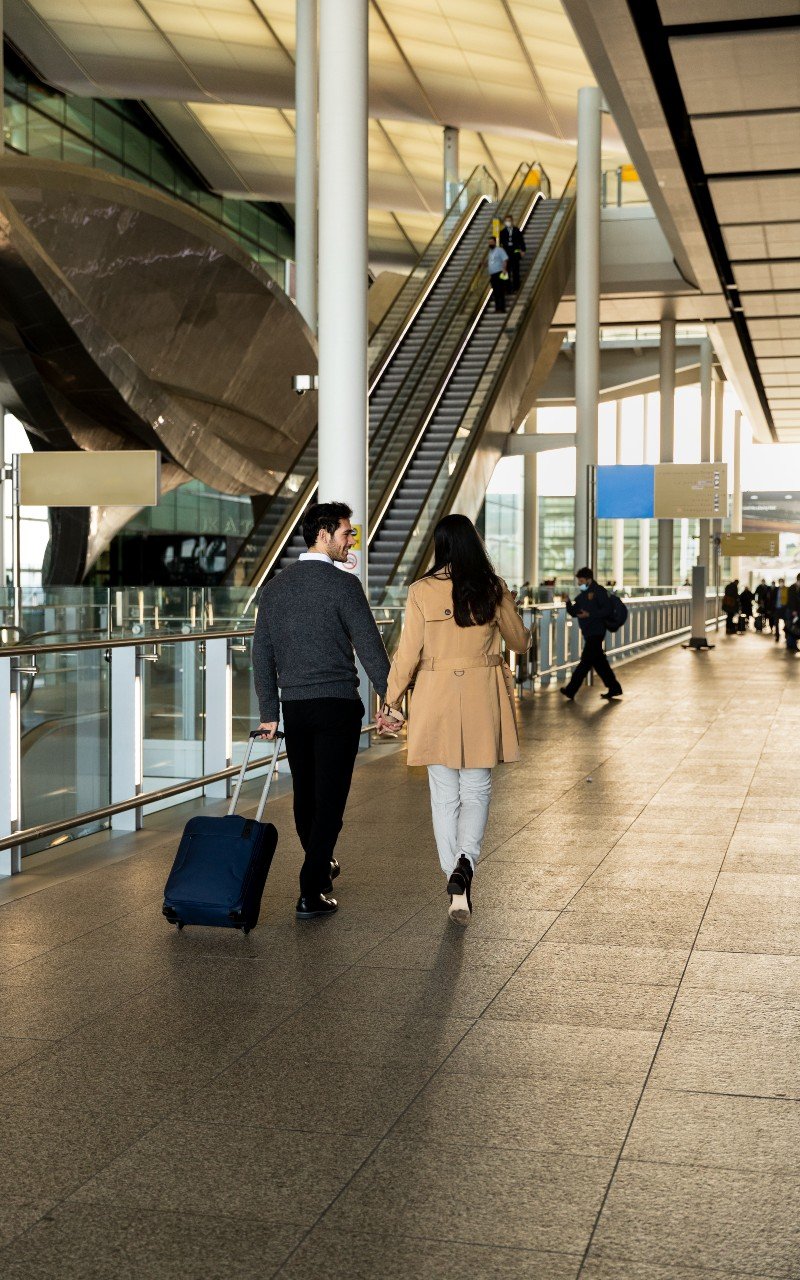
Americans plan to spend $10,244 on travel this year. That’s double what they spent in 2024. Yet travel costs actually dropped 1% compared to last year. So why are budgets so high?
Because most people spend inefficiently. They book last minute. They use debit cards that earn nothing. They skip the tools that find real deals. Smart travelers do the opposite. They invest upfront in systems that save thousands later.
ii. How Investment Spending Works

Think of it like buying quality tools. A $695 credit card annual fee seems steep. But it earns 4x points on travel and dining. Plus, you get a $300 annual travel credit. Do the math, you’re ahead $300 before you even travel.
Direct hotel bookings cost more than discount sites. But you get free breakfast, room upgrades, and flexible cancellation. On a $200 hotel night, these perks easily add $75 in value.
Package deals through Southwest or Marriott Bonvoy cost 10-15% more upfront. But they include extras worth 30-40% of your total trip cost.
ii. Real Case Study Business Class For Economy Prices
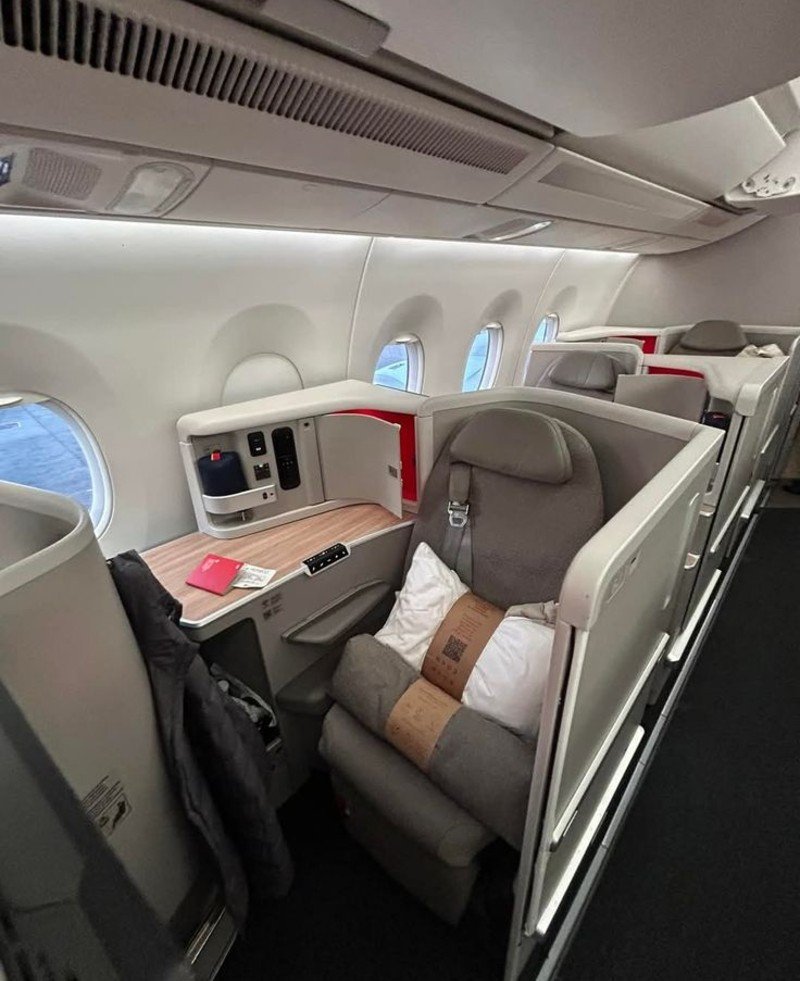
Last month, we booked Atlanta to Barcelona in business class. The retail price? $6,200 per person. Our cost? $850 cash plus 34,800 points.
That’s 86% savings through strategic travel spending. We earned those points using the right credit cards. We transferred them during a 40% bonus promotion. We booked during American’s off-peak calendar.
Without investment spending, this trip would have been impossible.
iii. Why This Strategy Is Exploding In 2025
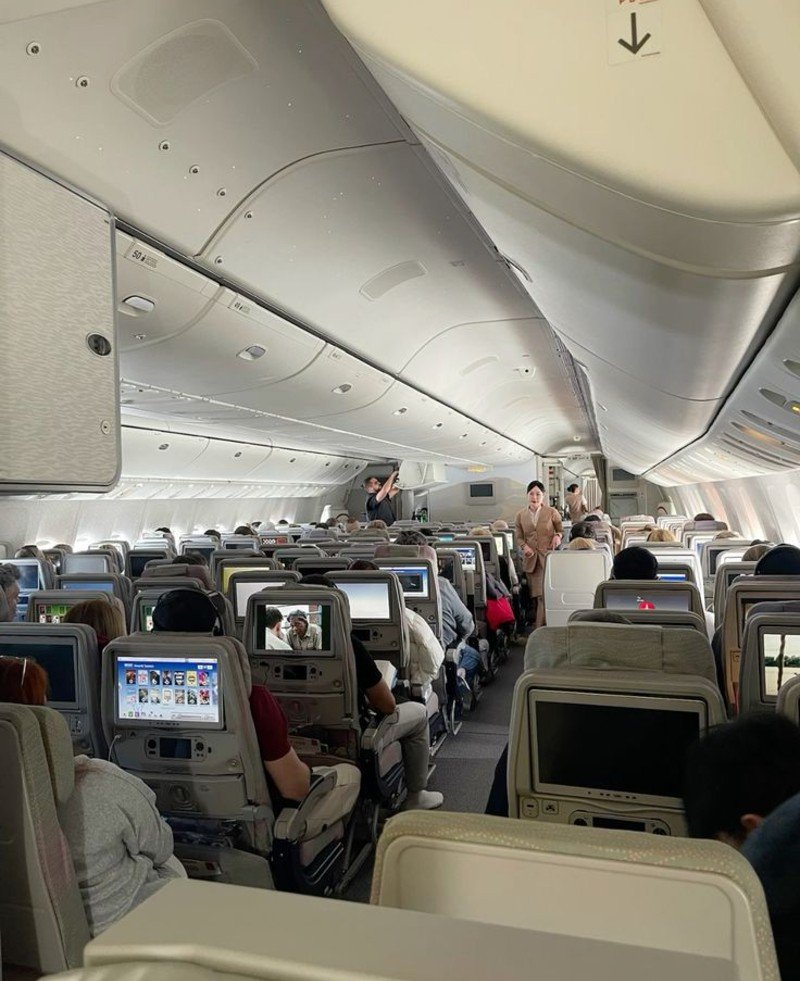
Half of all travelers now use points and rewards for their trips. The other half still pays full price. American Express reports its cardholders book 40% more premium travel than cash payers.
The gap keeps growing. Investment spenders get better deals, better experiences, and more trips per dollar.
Your choice is simple. Keep overpaying for mediocre travel. Or invest upfront and unlock the system that delivers premium experiences at budget prices.
How $795 Annual Fees Unlocked $3,200 In Travel Value
You’re paying full price for flights while other people fly business class for pennies. The difference? They use travel credit cards 2025 the right way.
Most people think annual fees are a scam. We thought so too. Then we did the math on our Chase Sapphire Reserve card. The $695 annual fee felt huge. But it delivered $3,200 in travel value our first year.
i. The Chase Sapphire Reserve formula
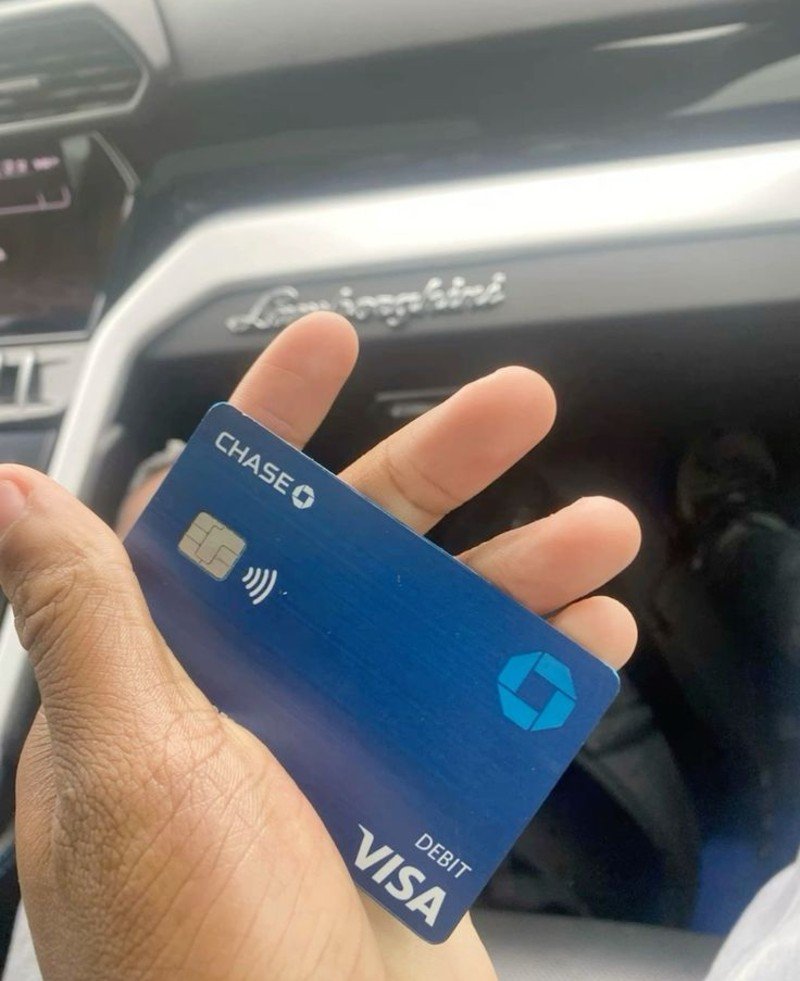
This card earns 4x points on dining and travel. That’s four times what your regular card gives you. Spend $500 per month on restaurants and gas? You just earned 24,000 points annually.
Those points are worth $300 when you book through Chase’s portal. That’s the 1.5x redemption rate. But the real magic happens when you transfer points to airline partners.
The card also gives you a $300 travel credit each year. Use it for flights, hotels, even Uber rides. Do this math: $300 credit minus $695 fee equals $395 net annual cost.
ii. Signup Bonuses Are Pure Profit

New cardholders get 60,000 to 100,000 points bonuses. That’s $600 to $1,500 in free travel right away. You just need to spend a set amount in your first few months.
We got 80,000 bonus points on our Sapphire Reserve. We hit the spending requirement buying groceries and paying bills. Those points paid for our entire hotel stay in Rome. The signup bonus alone covered our annual fee for two years.
iii. Transfer Timing Creates Massive Wins

They use points through the credit card portal and get okay value. Smart travelers transfer points to airline partners during bonus periods.
American Express runs 20-40% transfer bonuses several times per year. Transfer 50,000 points during a 40% bonus? You get 70,000 airline miles instead.
We transferred Chase points to United during a 30% bonus last spring. Turned 60,000 points into 78,000 United miles. Those miles booked our $6,200 business class flights to Barcelona for just 34,800 points plus $850 in fees.
iv. Category Spending Multipliers Add Up Fast
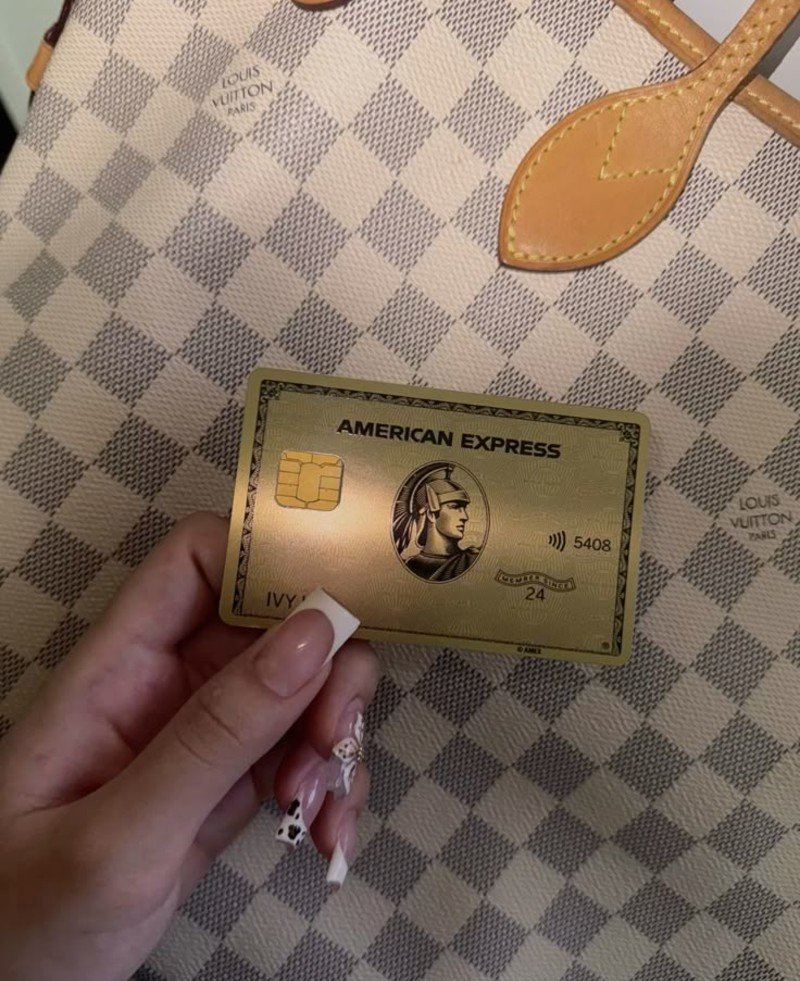
Different cards earn bonus points on different spending. Chase Sapphire Reserve gives 4x on travel and dining. American Express Gold gives 4x on groceries and restaurants. Capital One Venture X gives 5x on hotels booked through their portal.
We use three cards strategically. Restaurants go on the Amex Gold for 4x points. Flights go on the Sapphire Reserve for 4x points. Hotels go on the Venture X for 5x points.
This isn’t complicated. But it multiplies your points earning by 3-5x compared to using one card for everything.
v. The Real Numbers From Our System
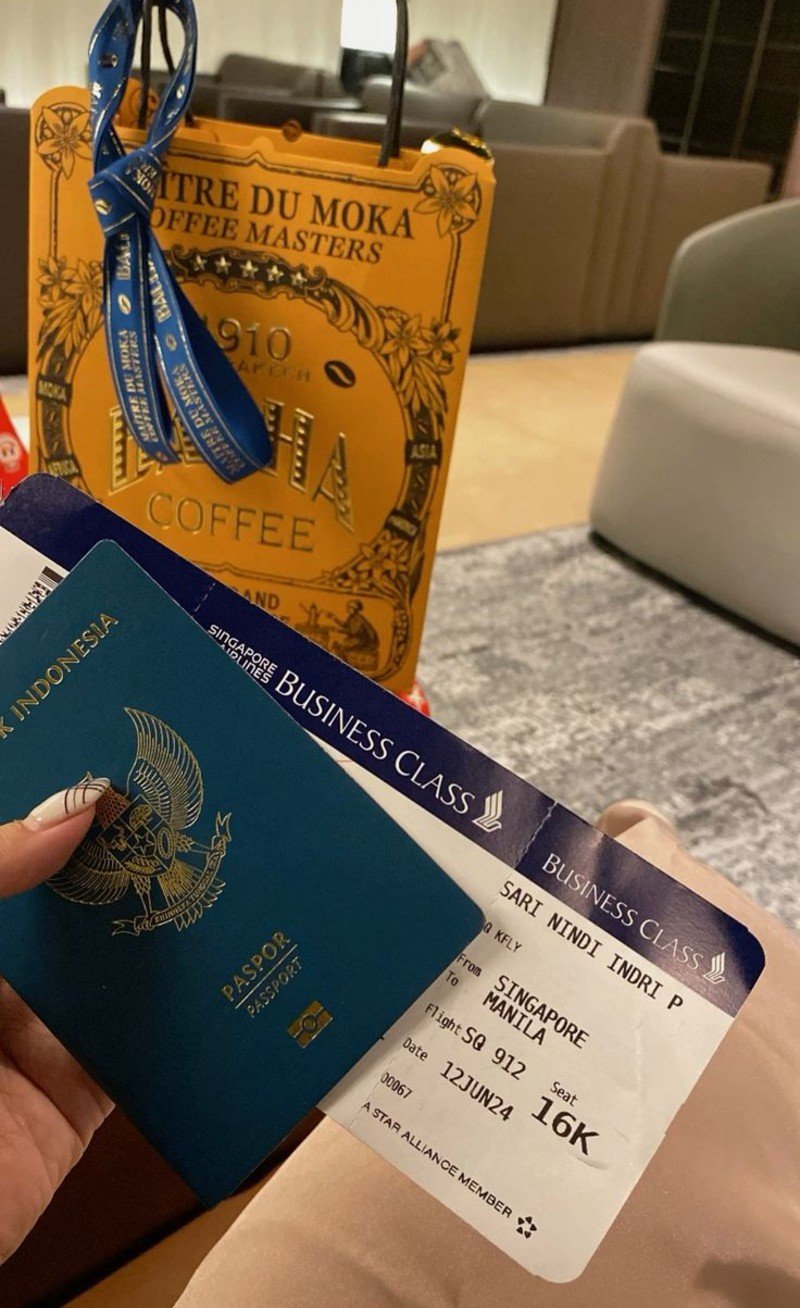
Our annual fees total $795 across three cards. Last year, we earned 180,000 points across all three. Those points covered $2,400 in flights and hotels. Plus, we got $450 in annual credits.
Total value: $2,850. Net profit after fees: $2,055.
But the Barcelona business class trip shows the real power. We got $12,400 worth of flights (two people) for $1,700 in points and cash. That’s travel rewards optimization at work.
Most people pay full price because annual fees scare them. Smart travelers pay the fees and save thousands.
Shoulder Season Secrets That Delivered 40% Instant Savings
Everyone wants to travel in the summer. That’s exactly why you shouldn’t.
We learned this lesson the hard way. Our first European trip cost $4,800 in July. Same trip in September? $2,900. The only difference was timing.
Shoulder season travel isn’t just about smaller crowds. It’s about massive savings that happen automatically when you pick the right dates.
i. The Shoulder Season Savings Are Huge
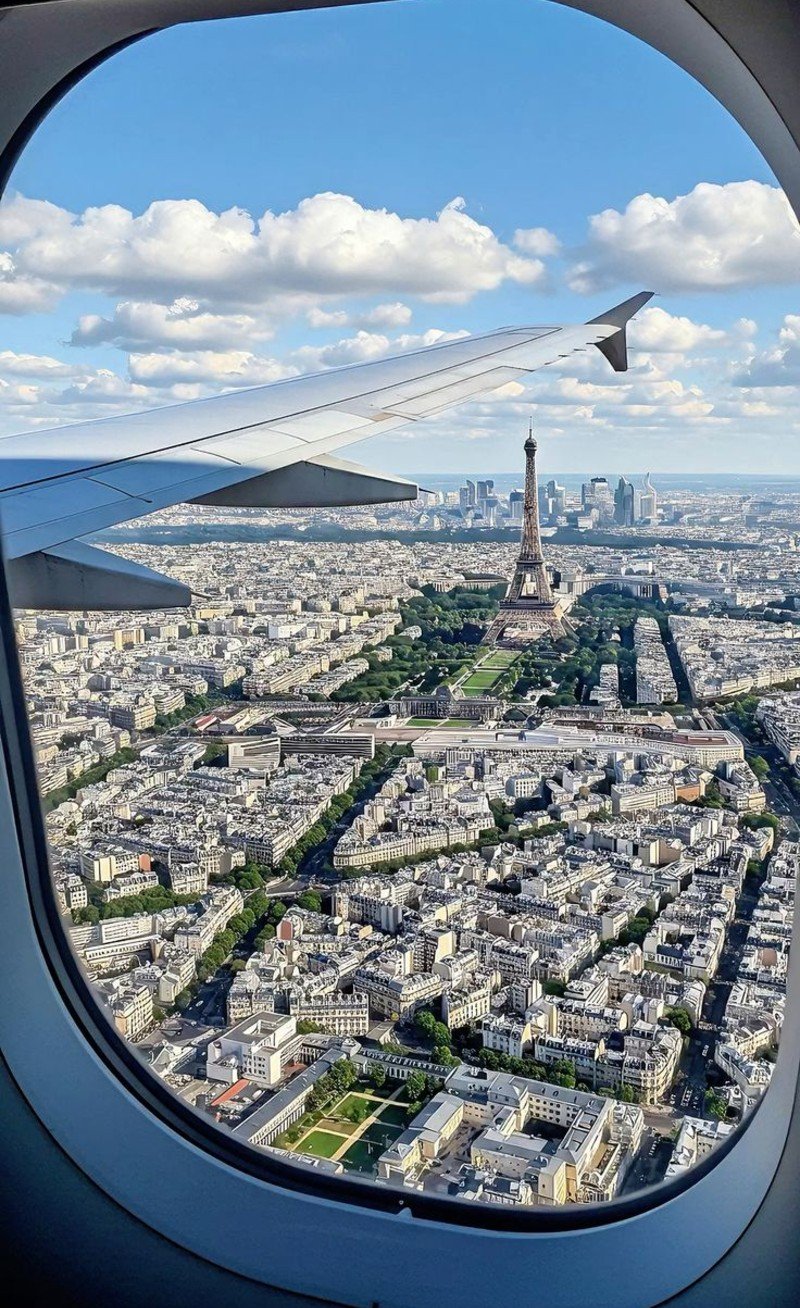
Flights drop 30% when you avoid peak season. Hotels cut prices by 57%. That’s not a small discount. On a $3,000 trip, you save $1,350 just by shifting your dates.
Shoulder season means spring (March to May) and fall (September to November). The weather is still great. The crowds are manageable. But the prices drop like a rock.
We track flight prices year-round now. The pattern never changes. July flights to Paris cost $1,200. September flights cost $850. Same airline, same route, same seat.
ii. Why Flexible Travel Dates Work So Well

Most people pick their vacation dates first, then search for flights. Smart travelers do it backward. They find the cheapest flights, then plan around those dates.
Expedia calls this the “detour destinations” trend. Instead of locking in Rome, you search “Europe” and see where the deals are. Maybe Rome costs $900, but Barcelona costs $650.
That $250 difference pays for three nice dinners. Or a day trip to another city. Or hotel upgrades.
iii. Real Numbers From Our Europe Comparison

July Europe trip: $1,200 flights, $180/night hotels, $2,400 total for one week. September Europe trip: $850 flights, $95/night hotels, $1,515 total for one week.
Savings: $885 for the same trip. That’s 37% off just for shifting two months. The weather in September was actually better. Fewer crowds meant shorter lines at museums. Restaurant reservations were easier to get.
iv. Booking Window Timing Matters Too
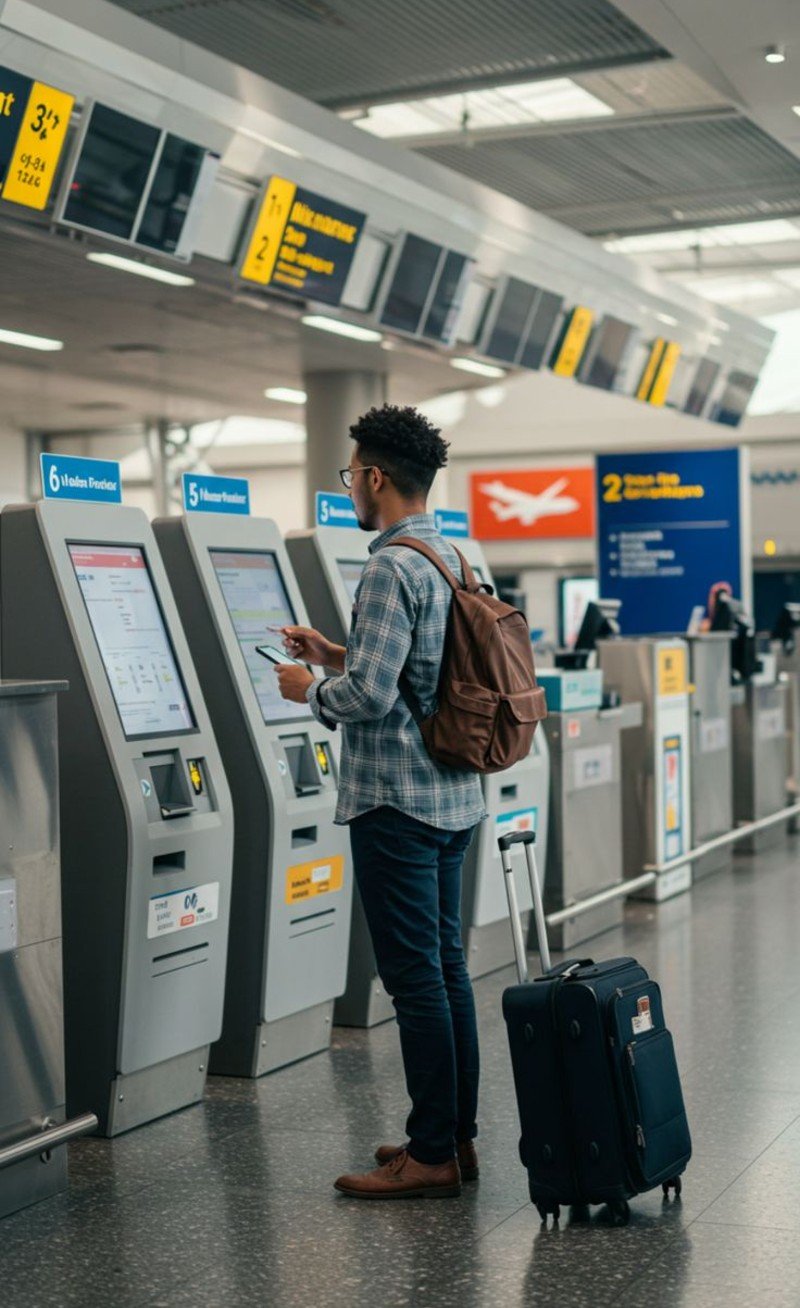
Book flights 30-70 days out for the best prices. Earlier than 70 days, airlines haven’t released their cheapest seats. Later than 30 days, the cheap seats are gone.
We track this data obsessively. The sweet spot is 45-55 days before departure. That’s when airlines release extra inventory to fill planes.
Hotels work differently. Book 2-3 weeks out for the best deals. Hotels would rather sell rooms cheaply than leave them empty.
v. Your Flexible Travel Dates Action Plan

Pick your season, not your dates. Want summer vibes? Try late May or early September instead of July.
Use Google Flights’ calendar view. It shows prices across two months at once. The cheap dates jump out immediately.
Search regions, not cities. “Europe” instead of “Paris.” “Southeast Asia” instead of “Bangkok.”
Stay flexible until 45 days out. That’s when you commit to specific flights and lock in the savings.
Budget travel timing isn’t about sacrifice. It’s about being smart with when and where you go. The destinations are just as amazing. The experiences are just as memorable.
The $50 App Investment That Found $1,800 In Hidden Deals
You’re searching for flights on airline websites like it’s 2015. Meanwhile, smart travelers use travel apps in 2025 that do the work automatically.
We spent $50 total on premium app features last year. Those apps found $1,800 in savings we never would have spotted manually. The math is simple: spend a little, save a lot.
i. Hopper Predicts Prices With Scary Accuracy
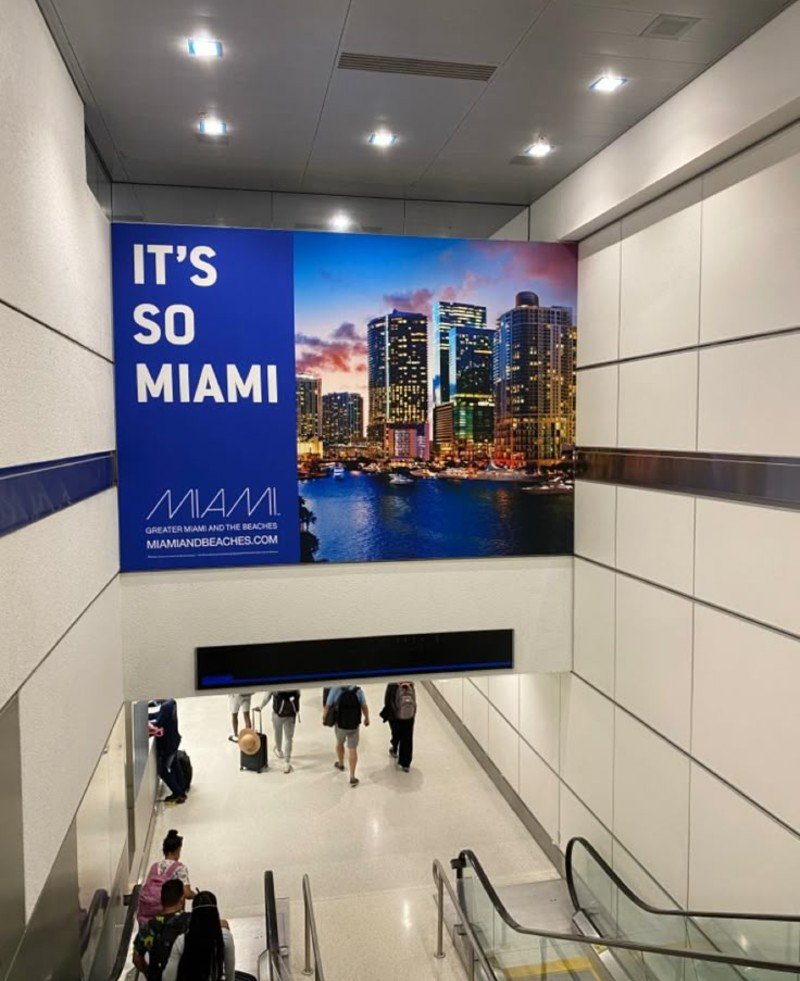
Hopper tracks flight prices and tells you when to book. Not just “wait” or “book now.” It gives exact predictions like “prices will drop $85 in 12 days.”
Their accuracy rate hits 95%. We’ve tested this dozens of times. Hopper said our Miami flights would drop $120 in two weeks. They dropped $130.
The premium version costs $20 per year. It adds price freeze features and extra alerts. Worth every penny when it saves $200+ per trip.
ii. Google Flights Got Major Upgrades For 2025

Google Flights added new price tracking tools this year. The calendar view now shows six months of pricing at once. The “everywhere” search finds cheap flights to any destination.
But the best feature is price guarantees. Google will refund the difference if prices drop after you book. Only works on select routes, but it’s a free piece of mind.
iii. Browser Extensions Work While You Browse
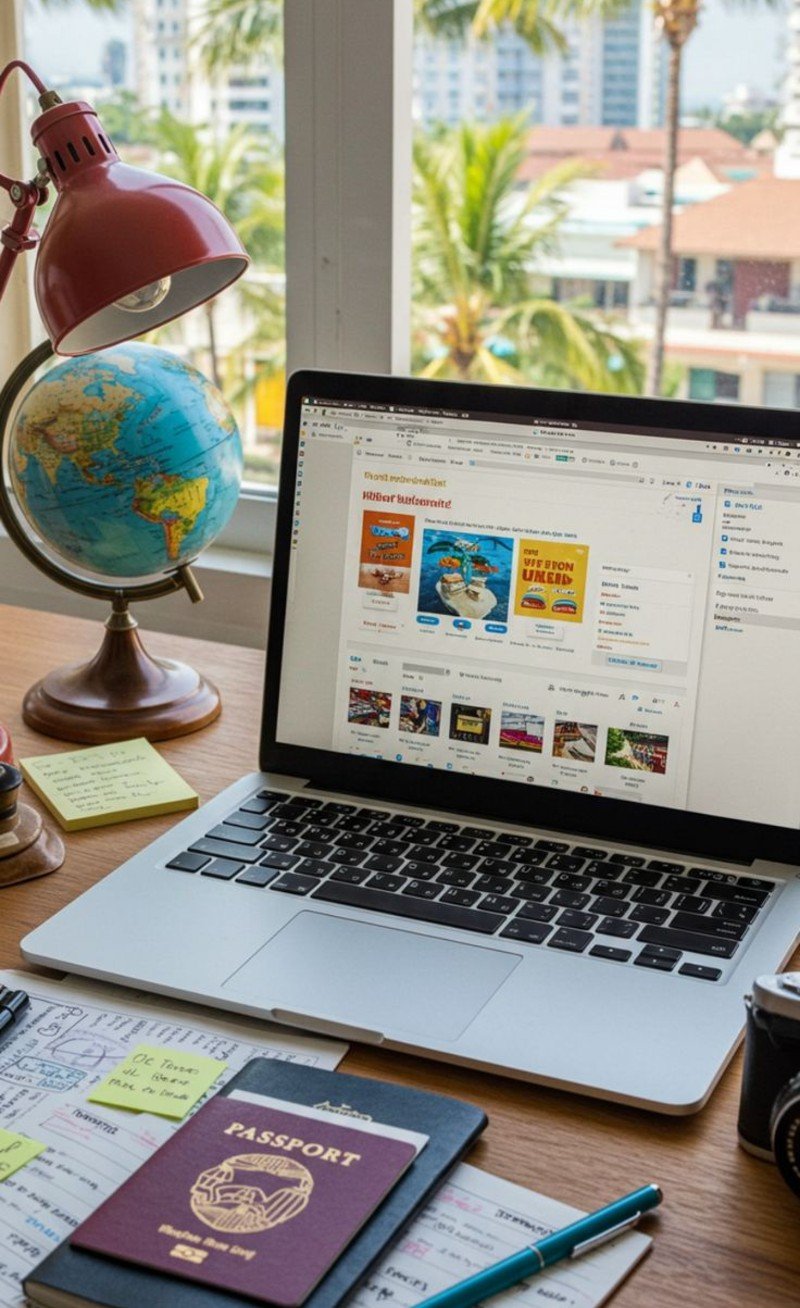
TripChipper runs in your browser and checks hotel prices across 200+ booking sites. It has 99% accuracy in finding the cheapest rates. No more opening 15 tabs to compare prices.
We found a $180 Rome hotel on Booking.com. TripChipper showed the same room for $140 on the hotel’s direct website. Saved $280 over seven nights.
Honey automatically applies coupon codes at checkout. It works on travel sites too. Last month, it found a 15% off code for our rental car. Saved $95 without any effort.
iv. Price Tracking Setup Takes 10 Minutes
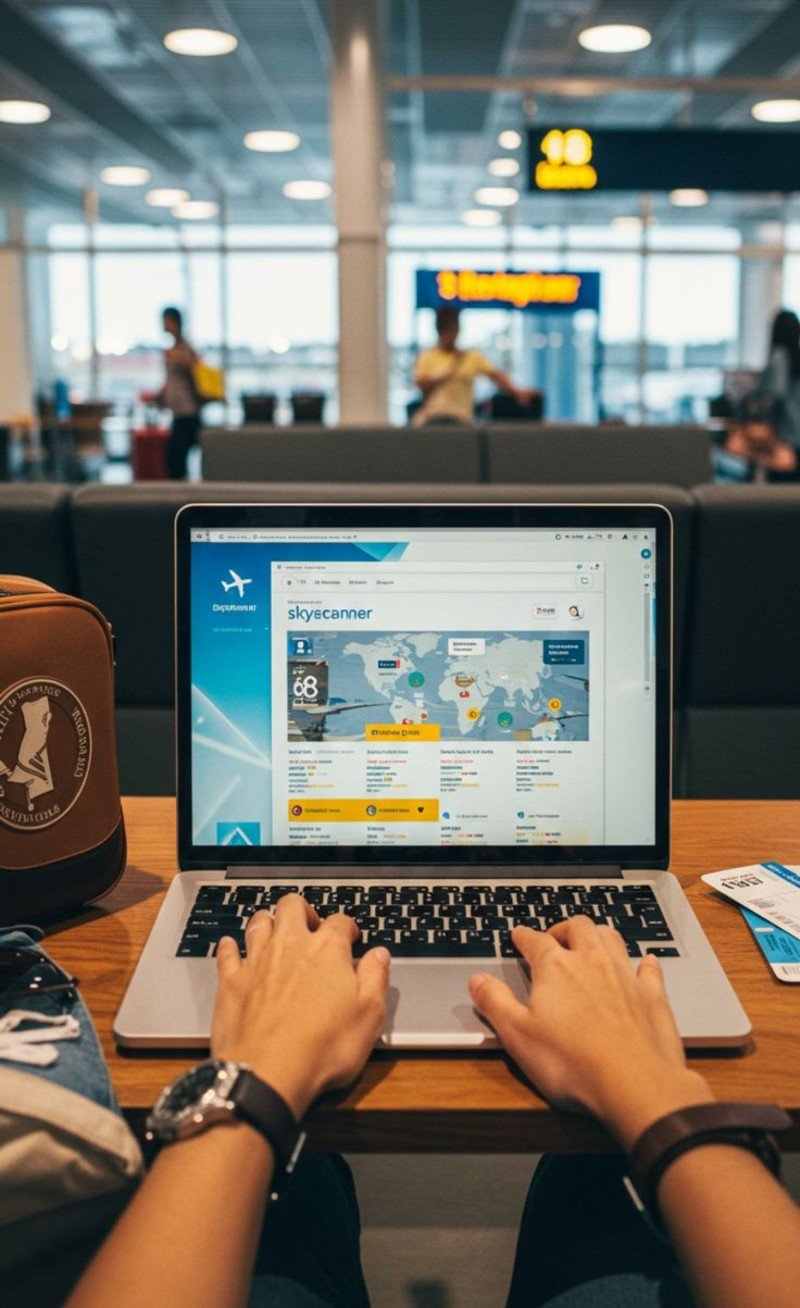
Set up alerts on three platforms: Hopper for flights, Google Flights for backup tracking, and HotelTonight for last-minute deals.
Use “everywhere” searches to find cheap destinations. Search “New York to Europe” instead of “New York to Paris.” Let the tools show you where the deals are.
v. AI Travel Planning Is Exploding

66% of travelers now use AI for trip planning. We use ChatGPT to optimize our itineraries. Give it your dates, budget, and interests. It builds detailed day-by-day plans in seconds.
AI caught mistakes we missed. Like scheduling two museums on the same day, they’re both closed. Or booking hotels too far from city centers.
vi. HotelTonight Delivers Luxury For Less

HotelTonight specializes in same-day hotel deals. Luxury hotels sell empty rooms cheaply rather than leave them vacant.
We’ve booked $300 hotels for $150 using this app. You can’t book more than seven days out. Perfect for spontaneous trips or extending stays.
Last year, HotelTonight saved us $540 across six different cities. The tools pay for themselves on your first trip. Every trip after that is pure profit.
When Spending 30% More Upfront Saves 50% Overall
You avoid “expensive” options to save money. But sometimes the expensive choice is actually cheaper.
This sounds backwards until you see the math. We spent 30% more on our Hawaii trip by choosing premium options. But our total costs dropped 50% because of the extras we got.
Strategic splurging isn’t about showing off. It’s about buying options that include more value than they cost.
i. Package Deals Beat Booking Separately

Southwest Vacations packages cost 15% more than booking flights and hotels separately. But you get $500 instant savings, free rental car upgrades, and flexible cancellation.
We paid $2,400 for our Maui package instead of $2,100 for separate bookings. But the package included $300 in resort credits, free breakfast ($40 per day), and a rental car upgrade worth $200. Total package value: $2,980. We paid $2,400. That’s $580 in free extras.
Marriott Bonvoy packages work the same way. Pay 10% more upfront, get 25% more value through room upgrades, late checkout, and bonus points.
ii. Direct Hotel Bookings Cost More But Deliver More

Booking.com shows cheaper rates. But direct hotel bookings give you perks worth more than the price difference.
We book directly and get free breakfast, room upgrades, late checkout, and flexible cancellation. On a $150 hotel night, breakfast alone saves $25. Room upgrades can be worth $50-100.
Plus, you earn hotel points and status credits. Those add up to free nights and better treatment on future trips.
iii. Premium Travel Benefits Pay For Themselves

Airport lounges cost $50-75 per visit. Or get unlimited access through Priority Pass ($150 annually). Do the math: visit three lounges per year, and you break even.
But lounges save way more than their cost. Free food replaces $15 airport meals. Free drinks replace $12 cocktails. Free WiFi and outlets mean you can work instead of paying for airport WiFi.
We saved $240 in food and drinks during a one-week-long trip. The Priority Pass membership costs $150 per year.
iv. American Express Fine Hotels Adds Luxury For Free
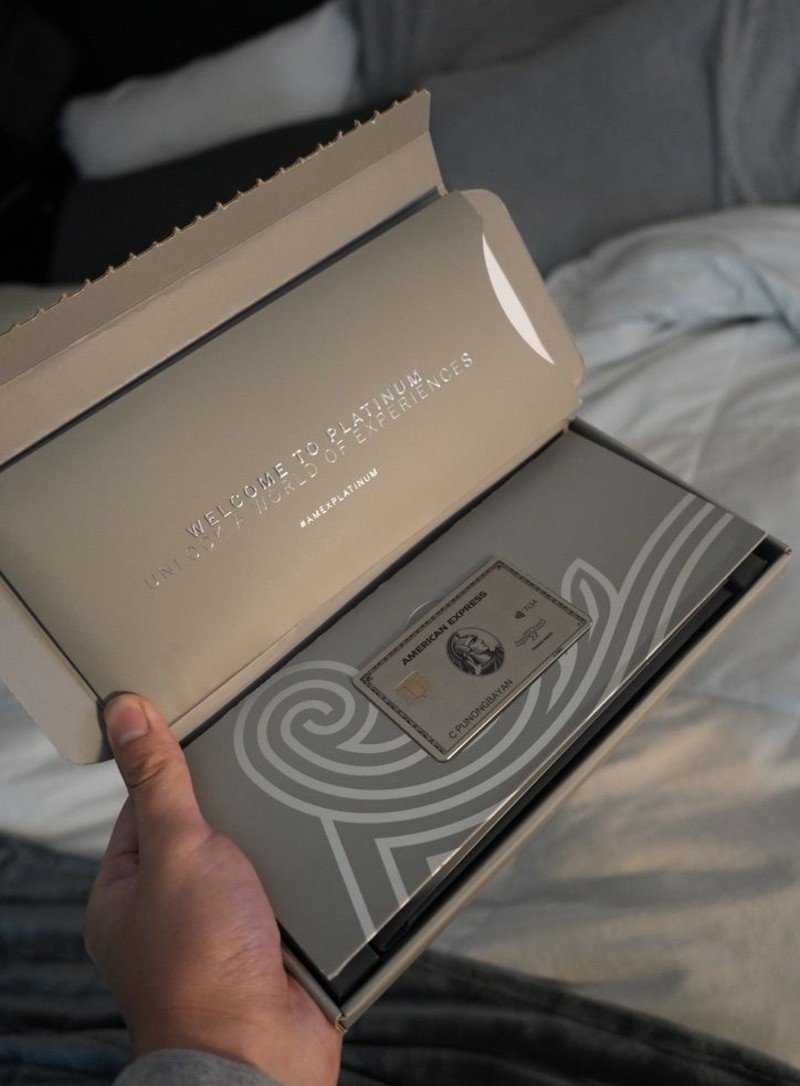
Fine Hotels + Resorts costs nothing extra if you have an Amex Platinum card. But you get room upgrades, $100 hotel credits, free breakfast, and late checkout.
We stayed at a Fine Hotels property in Barcelona. Got upgraded from a standard room ($200) to a junior suite ($350). Plus free breakfast for two ($60 per day). Total extra value: $570 for a four-night stay.
The room would have cost the same through any other booking site. But we got $570 in free upgrades and perks.
v. Trip Insurance Prevents Disasters

$150 trip insurance seems expensive on a $3,000 trip. Until your flight gets cancelled and you need to rebook last-minute flights for $800 each.
We’ve used trip insurance three times. Once for a medical emergency ($2,400 in flights and hotels). Once for a hurricane ($1,800 in rebooking costs). Once for a family emergency ($900 in change fees).
Insurance paid every claim in full. The math is clear: spend 30% more on the right things, save 50% overall through better value.
Your 90-day Action Plan To Replicate Our 60% Savings
You want the results, but where do you start? Here’s exactly what to do in the next 90 days.
This isn’t theory. It’s the step-by-step travel savings implementation plan we used to save $4,200. Follow it month by month and you’ll see real savings on your next trip.
i. Month 1: Build Your Foundation
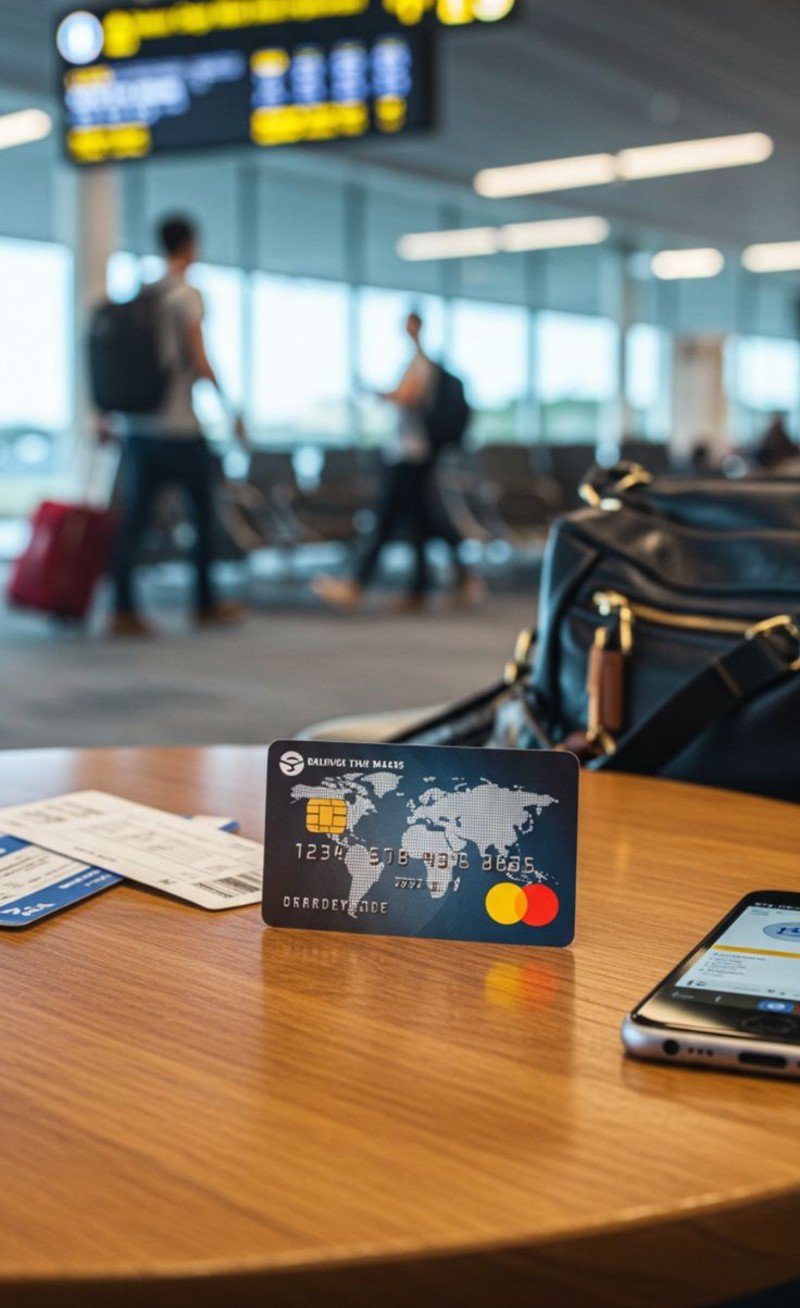
Apply for one premium travel credit card. Start with Chase Sapphire Reserve or American Express Platinum. You need excellent credit (720+ score).
Download these apps: Hopper, Google Flights, and HotelTonight. Set up price alerts for three destinations you want to visit. Don’t pick dates yet.
Install TripChipper and Honey browser extensions. They run automatically while you browse travel sites.
Sign up for airline and hotel loyalty programs. It’s free and you’ll earn points on future bookings.
ii. Month 2: Accumulate And Monitor

Use your new credit card for all spending to hit the signup bonus requirement. Usually $4,000-6,000 in three months.
Track transfer bonus offers from American Express and Chase. Sign up for their email alerts. Bonuses happen every 2-3 months.
Set up price tracking for specific trips. Use Google Flights’ calendar view to spot cheap travel dates.
iii. Month 3: Book And Execute
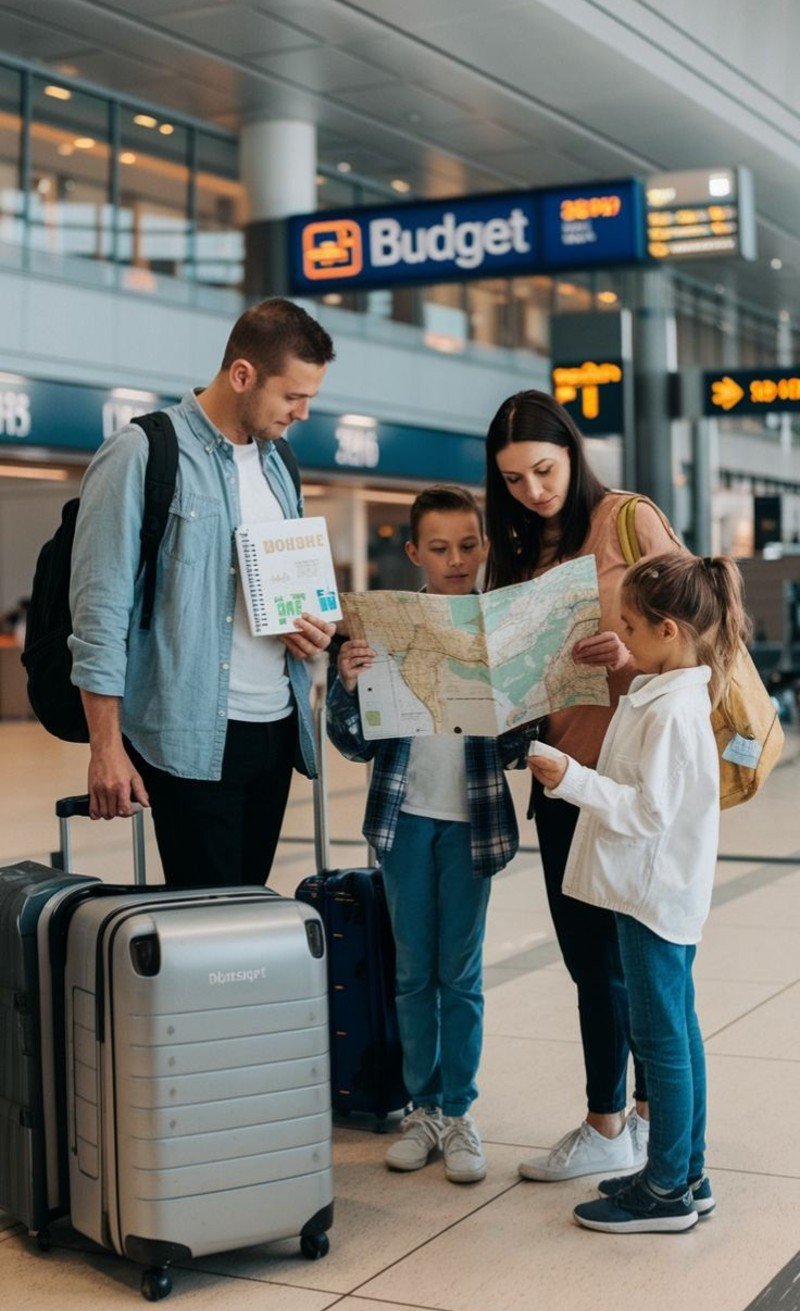
Compare package deals vs. separate bookings for your planned trip. Check Southwest Vacations, Costco Travel, and airline vacation packages.
Book directly with hotels when the rate difference is under 10%. You’ll get better perks and earn loyalty points.
Transfer credit card points during bonus periods. Turn 50,000 points into 70,000 airline miles with a 40% transfer bonus.
Book flights 45-55 days out for the best prices. Book hotels 2-3 weeks out.
FAQs
What credit score do I need for premium travel cards?
You need a credit score of 720 or higher for cards like Chase Sapphire Reserve or American Express Platinum. Most premium travel cards require excellent credit. If your score is below 720, start with the Chase Sapphire Preferred (670+ score) or Capital One Venture (660+ score).
How much money do I need to start this strategy?
You need $4,000-6,000 in normal spending over three months to hit signup bonuses. This isn’t extra spending, just put your regular bills, groceries, and gas on the new card. The upfront investment is $695-795 for annual fees. But you get $300-550 back in annual credits the same year. Your real cost is $145-395 to start.
How long before I see real savings?
You’ll see immediate value from annual credits (Uber, airline fees, hotel stays). These kick in right when you get the card. Signup bonuses post after you hit the spending requirement, usually months 3-4. That’s when you book your first discounted trip.
Does this work for short domestic trips?
Yes, but the savings are smaller. A $800 domestic trip might save you $200-250 using these strategies. An $3,000 international trip saves $1,200-1,800. The annual fees make more sense for people who spend $3,000+ yearly on travel. If you only take one short domestic trip per year, stick with no-annual-fee travel cards.

